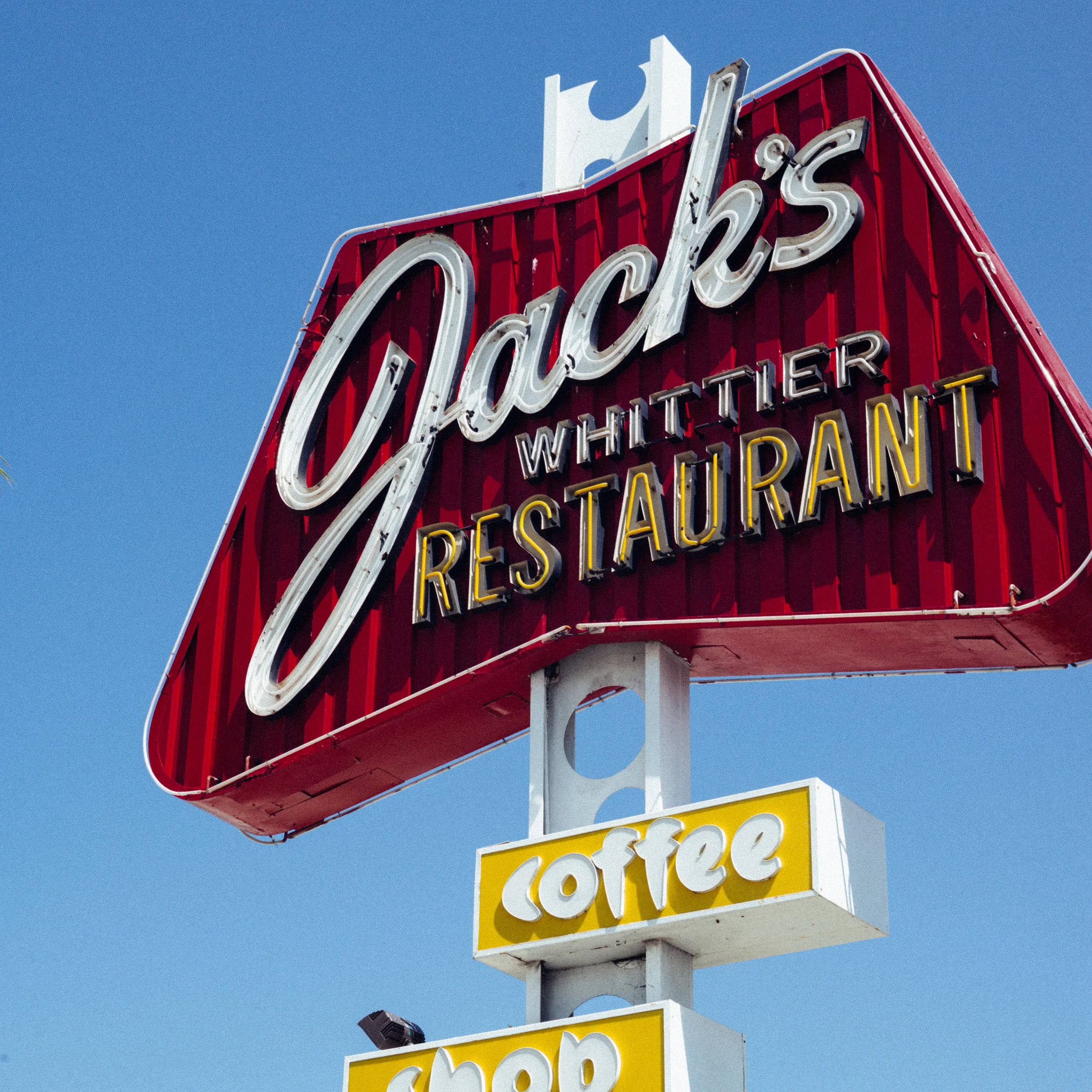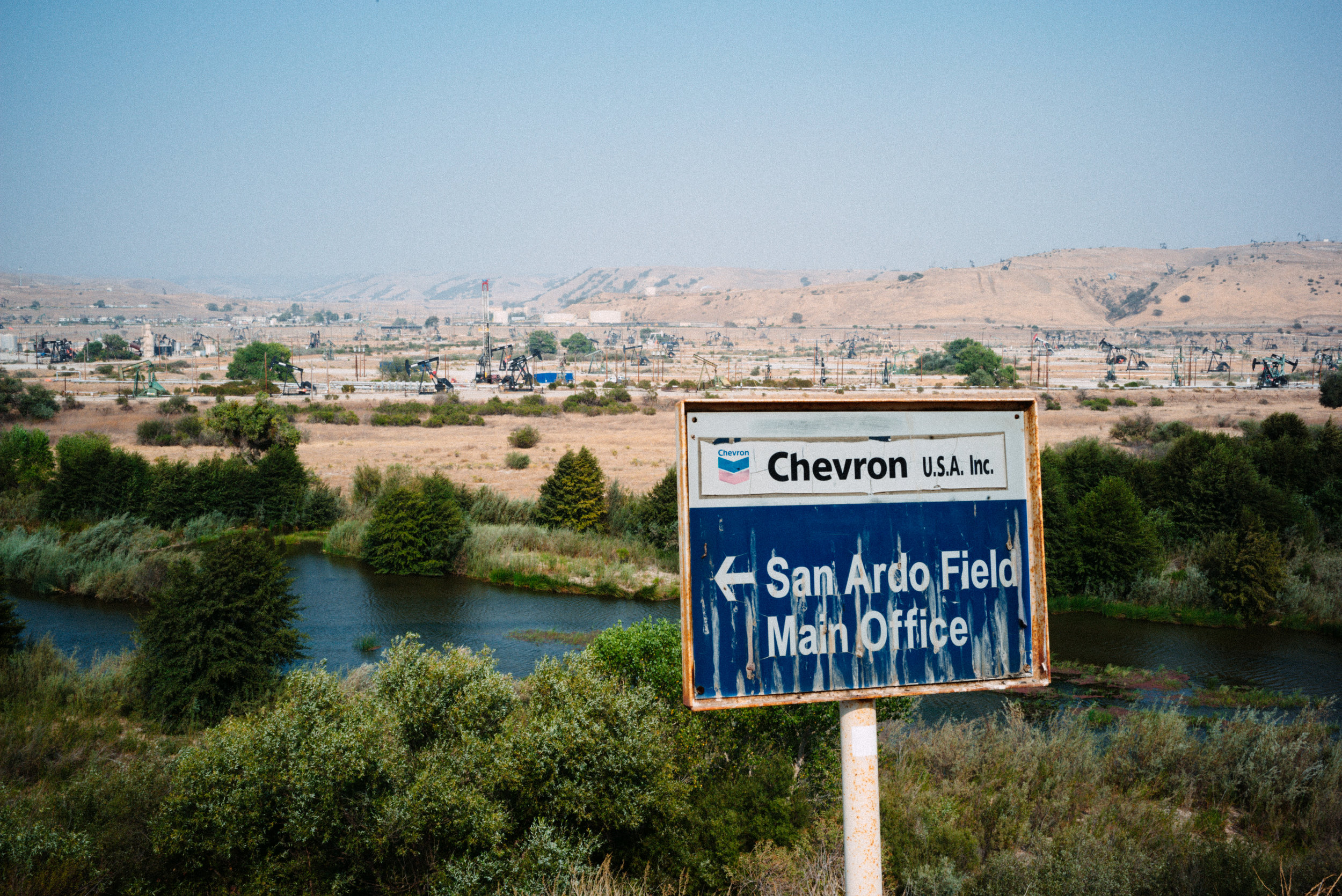This project was made possible by a generous grant from Stanford University and the mentorship of Professor Robert Dawson.
Introduction by Irene Hsu
This is the age of the modern journey. "Travel" is split to two genres: one of convenience, in which bypassed landscapes recede into unwieldy acreage, inconvenient roads are scraps sliced out of navigation—and one of romance, with all assumed worldliness through encountered dinner tables, sidewalks, handshakes. But the inescapable existences spread between destinations—neon motel vacancies, stark shadows of convenience diners, decayed signage—these are the very indices of journey that systems of airports, high-speed rails and rideshare hurry to subtract.
Across California is Jack Takahashi's unflinching gaze at journey as not only the time that must elapse from A to B, but the ribbon of asphalt between, rebuffing enchantment. During the summer of 2016, Takahashi drove the 600-mile route of El Camino Real, capturing from the edges of highway the enterprisal, architectural and natural landscape so defined by this road. These are the glowing laundromats, the bar walls struck florescent green. The American flag hung by "SALINAS SELF-STORAGE." The vastness and vacancy—schoolyard, tennis court—held in diorama. The signs of semantic certainty, for "[GA]S," "MINI [MART]" and "SPEEDY GOURMET." A wooden utility pole bare in parched valley.
These are the startling stretches of cattle, of RVs stacked to the horizon, of a broad, bright sea. Of checkerboard-square-windows, red-rusted trusses, of car-corpse processions. Of noontime shadows, peeled-paint curbs, of fussed palm trees.
No longer the direct route to all 21 Spanish missions along the coast of California, the King's Highway is instead an arrangement of emptied establishments and plots of farmland. But the landscape along the highway is simultaneously an attempt to reclaim its ties to journey and, on the other hand, an effort to stake out new identity separate from the transience so characteristic of journey. Pulled from streaked car-window-sightsee and into pastel-toned frames, these pictures de-romanticizing movement, and so lay bare patterns of transition, of stasis and decay.
But it would be myopic to mistake stasis, decay, for drudgery. The lyricism of El Camino is staked upon the very patterns in journey, as only from pattern may oddities emerge. Somewhere, at the cross of highways, a curled bell grazes the road. Somewhere, among a bridge’s steel lattice, a red hammock nestles its tiny dreamer.


















































